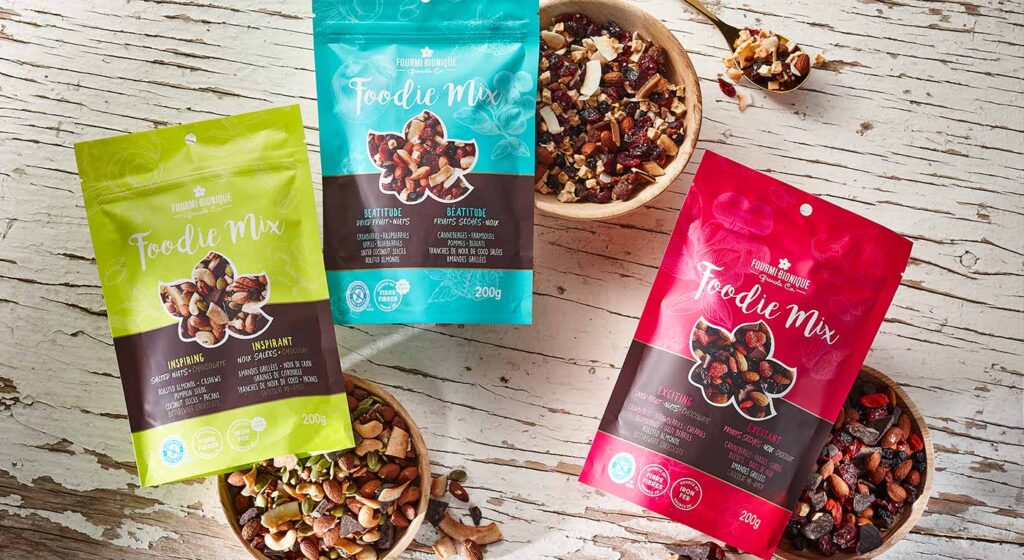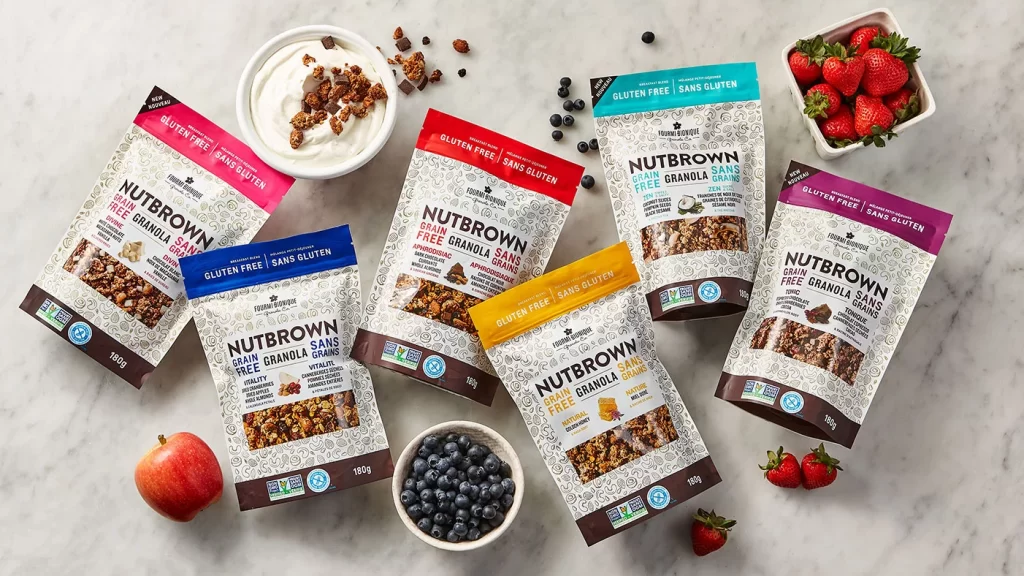Gluten, a protein which is mainly found in wheat, barley and rye, is off-limits for celiacs. Only 1% of the population has celiac disease; yet the market for gluten-free products keeps getting bigger and bigger. Why?
The answer is that the growth of gluten-free products is being driven by interest from people who are not celiac. One study from Mintel found that 11% of consumers in Italy and the United Kingdom and 8% of consumers in France and Spain buy gluten free products. They do so because they believe that gluten-free products are healthier.
While studies have never shown that people who do not have celiac disease should eat gluten-free products, we can’t deny that there are more and more gluten-free alternatives available! The most popular gluten substitutes are corn and rice, but there are many more gluten-free grains we can turn to for the nutrients that might otherwise be unavailable when we cut grains such as wheat out of our diets.
Gluten-free grains
Rice
Rice is one of our greatest allies in the world of gluten-free food. People all over the world eat rice; it’s a staple food that is included in many recipes. Rice flour is used for a variety of foods and includes essential vitamins and minerals. Brown rice is known for being the most nutritious variety of rice.
Buckwheat
Buckwheat is a “pseudo-grain” which contains many essential amino acids and fibres. These help improve intestinal health and help you feel fuller for longer. Buckwheat flour is often used in crepes and pancakes. The taste of buckwheat is a little bitter and definitely delicious!
Teff
Teff is the smallest grain in the world and is a great substitute for wheat because it contains so many nutrients. Teff is rich in essential fatty acids and in amino acids. It contains vitamins, protein, minerals such as potassium, iron, zinc and magnesium, and it’s a source of fibre and calcium…need we say more? It’s an ideal grain for gluten-free, vegetarian, and vegan diets.
Amaranth
Amaranth isn’t a grain, but it can be used like one. It’s used a great deal in Mexico, particularly for athletes, because it has so much protein. Amaranth is also low in fat and rich in minerals. All you need to do is add raw amaranth seeds to yogurt, for example, to take advantage of its nutritional benefits. Amaranth is one of the best choices if you’re looking for a gluten-free grain variety.
Quinoa
Quinoa is another pseudo-grain which is rich in iron, phosphorus, calcium, and vitamins, all while being low in fat. It is also an excellent source of protein. You can use it anywhere you would use rice, pairing it with meat, fish, or any number of foods.
Corn
Corn is, without a doubt, the grain that people with celiac eat the most. Corn flour can be used in many recipes and techniques. It is rich in beta carotene, carbohydrates, fibre and B vitamins, making it an important addition to consider including in your diet.
Millet
Millet is the grain that includes the most minerals and protein. It also contains iron and folic acid and helps keep your hair and nails healthy! Even if you don’t usually cook with millet, you can easily add it to recipes such as meatballs or salads.
As you can see, there are many great grains that are wheat alternatives that you can try! Using these ingredients, you can easily make your homemade gluten-free granola or gourmet gluten-free bars. But there is another ingredient to consider: oats. There’s one that we haven’t mentioned yet, though: oats.
Are oats gluten-free?
Contrary to popular belief, oats themselves do not contain gluten, so celiacs can enjoy them. However, it is very difficult to ensure that the oats sold to consumers do not contain any trace of gluten.
If you can find oats that have been certified gluten-free, they can be an important part of a gluten-free diet, as they are full of nutrients, healthy and delicious. Certified gluten-free oats can really expand the variety of grains that producers can use when making gluten-free foods.
As long as the producer guarantees that there has been no cross-contamination, you can include oats in a gluten-free diet. An opportunity to try our gluten-free oatcakes recipe with chocolate!
Some people with celiac can, however, be intolerant to avenin, a prolamine found in oats which has a structure that is very close to gluten. If you experience discomfort eating oats, you aren’t reacting to gluten (because there is none), but you may be reacting to avenin.


